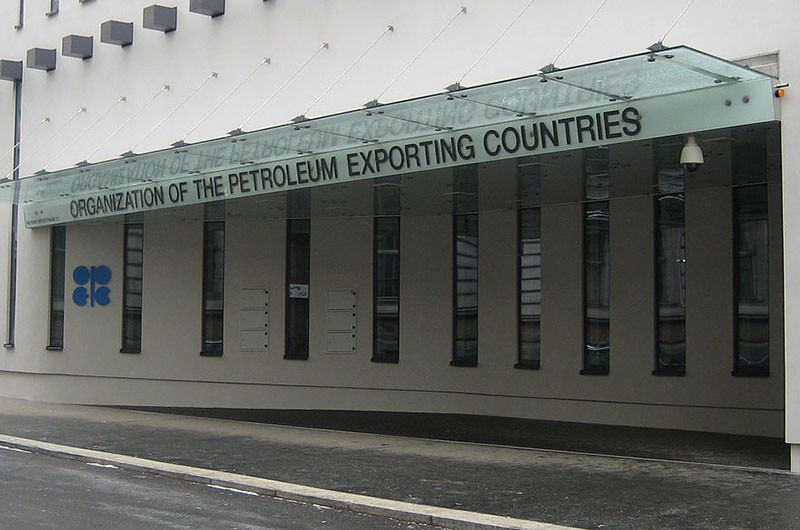On June 4, after more than six hours of lengthy discussions among member countries, the OPEC+ group of oil exporting countries decided not to implement additional official production cuts this year, choosing instead to set a new and lower target production for 2024.
At the same time, Saudi Arabia announced an additional voluntary cut of one million barrels per day in July that can be extended, to help shore up oil prices after crude oil dropped recently 16% to an 18-month low.
Additionally, all nine countries that implemented voluntary cuts in April of 1.66 million bpd (Saudi Arabia, Iraq, UAE, Kuwait, Oman, Algeria, Kazakhstan, Gabon, and Russia) agreed to extend the cuts by a year, until the end of 2024.
This move will add limited short-term upside price pressure in the coming weeks, according to our projections. The long-term price development will hinge on macroeconomic sentiment and the possible extension of the voluntary Saudi Arabian production cut beyond July.
The pure possibility of the Saudi production cut extending beyond July will limit downside price pressure for the rest of 2023.
Signals
- OPEC+ held its 35th Ministerial meeting on June 4 and decided not to implement additional production cuts this year, despite the increasing rumors in the run-up to the meeting that a 1 million bpd cut was being negotiated.
- The group decided to provide guidance into its production management strategy for 2024. The current production target of 40.1 million bpd is for the period from November 2022 until December 2023.
- The new target production for 2024 is 38.7 million bpd, which is 1.4 million bpd lower than this year’s target. The new target production numbers for 2024 include a significant reduction for Russia (650,000 bpd), Nigeria (360,000 bpd) and Angola (175,000 bpd), among others, and a 200,000 bpd increase in the UAE’s target production (Figure 1).
- Saudi Arabia announced a voluntary cut of 1 million bpd (on top of the 500,000 bpd voluntary cut announced in April, running from May until December 2023). This new voluntary cut is planned for July only, but Saudi Arabia was very clear in saying that these cuts could be extended. Saudi crude production in July would drop to just below 9 million bpd, its lowest level since June 2021.
- Macroeconomic headwinds have kept the crude oil price well below $80 per barrel in May, despite the OPEC+ voluntary cuts which initially pushed price to $87 per barrel in mid-April. The oil price fell to $73 per barrel just a few days ago, its lowest level since late 2021.
- When seven OPEC+ countries surprised the market with the announcement of voluntary cuts of 1.66 million bpd voluntary cuts (including 500,000 bpd from Russia) in early April, oil prices increased by $7 per barrel in one week – but this effect completely faded away in just four weeks as macroeconomic factors again took over as the main driver of the crude oil price (Figure 2).
- Before the meeting, our modeling showed that even if OPEC+ were to keep the current production policy in place for the rest of the year, we believed the market would tighten significantly in the third quarter of this year. This would add significant upside price pressure until the end of 2023.
- The additional Saudi voluntary cut of 1 million bpd in July, with the option to extend, is likely to deepen the market deficit to more than 3 million bpd, which could add upside pressure in the coming weeks (Figure 3).
- The 36th OPEC+ Ministerial Meeting is planned for Nov. 26 in Vienna.
Signposts
- Possible extension of the Saudi voluntary cut of 1 million bpd, initially planned for July only.
- Macroeconomic risk and the evolution of global demand as refineries ramp up to meet summer demand in the US and Europe, while mainland China's local demand accelerates again.
- Future Russian compliance with its voluntary cuts.
Jorge Leon is a senior vice president with Rystad Energy, one of three independent research and analysis companies that OPEC+ partners with for data and production capacity estimates.



